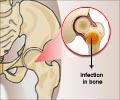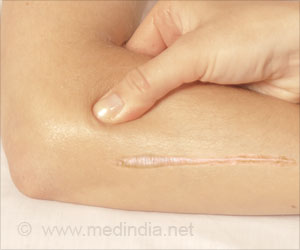Alarming new data shows that one-third of all hip fractures worldwide occur in men, with mortality rates as high as 37% in the first year following fracture.

The report entitled 'Osteoporosis in men: why change needs to happen' is released ahead of World Osteoporosis Day on October 20, and highlights that the ability of men to live independent pain-free lives into old age is being seriously compromised. Continued inaction will lead to millions of men being dependent on long-term care with health and social care systems tested to the limit.
Often mistakenly considered a woman's disease, osteoporotic fractures affect one in five men aged over 50 years. However, this number is predicted to rise dramatically as the world's men are ageing fast. From 1950–2050 there will have been a 10-fold increase in the number of men aged 60 years or more – rising from 90 million to 900 million – the age group most at risk of osteoporosis.
Men are the 'weaker sex' in terms of death and disability caused by osteoporosis as their bone health is simply being ignored by health-care systems. A study from the USA has shown that men were 50% less likely to receive treatment than women. As governments and health-care systems focus on diseases such as cancer and heart disease, this 'silent killer' is not being recognized as a threat and affecting an increasing number of victims.
Professor John A. Kanis, President, IOF said "It is estimated that the lifetime risk of experiencing an osteoporotic fracture in men over the age of 50 years is up to 27%, higher than that of developing prostate cancer. Yet, an inadequate amount of health-care resources are being invested in bone, muscle and joint diseases. We have proven cost-effective solutions available, such as Fracture Liaison Services that can help identify those at risk and avoid a continuous cascade of broken bones. People should not have to live with the pain and suffering caused by osteoporosis as we can help prevent and control the disease".
Osteoporosis is a disease that affects the bones, causing them to become weak and fragile and more likely to break/fracture. All types of fractures, e.g. spine and hip, lead to higher death rates in men when compared to women. If health-care professionals identified osteoporotic men after their first bone break this would dramatically reduce their risk of future fractures and early death. Yet fewer than 20% of these men are being assessed and treated.
Advertisement
Source-Eurekalert













